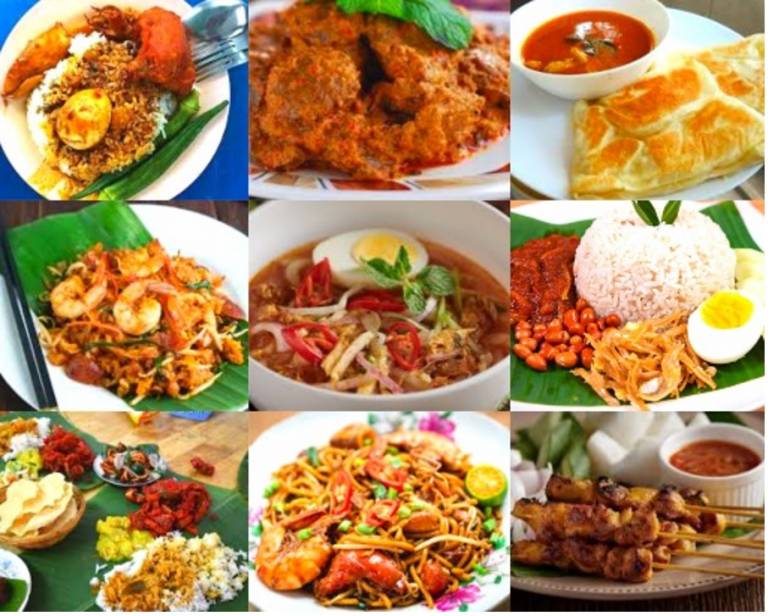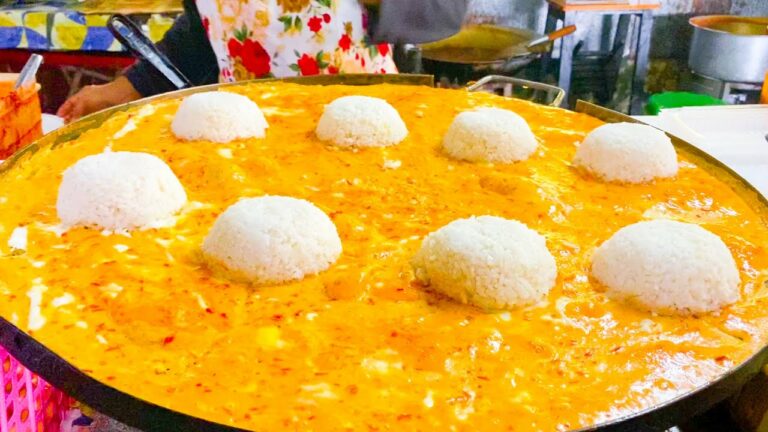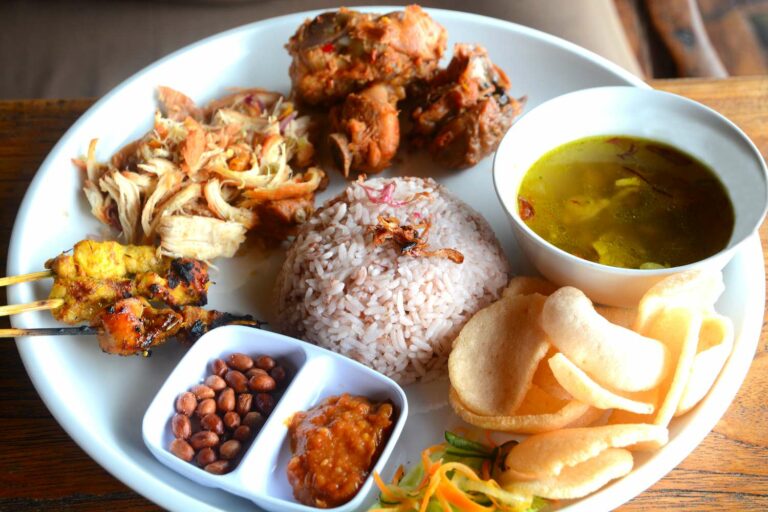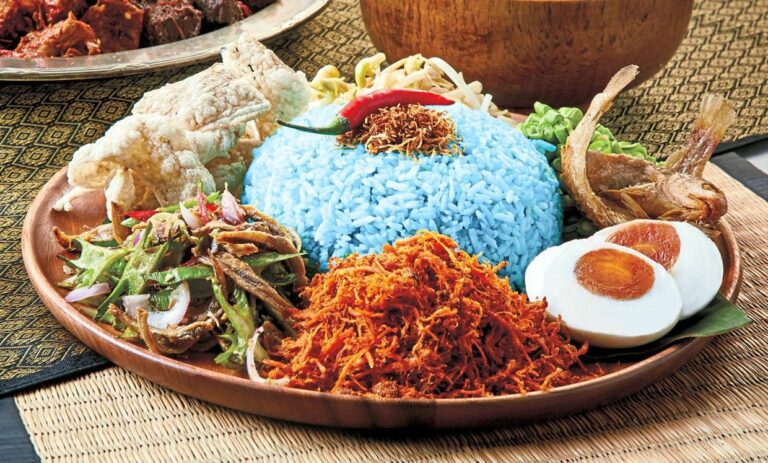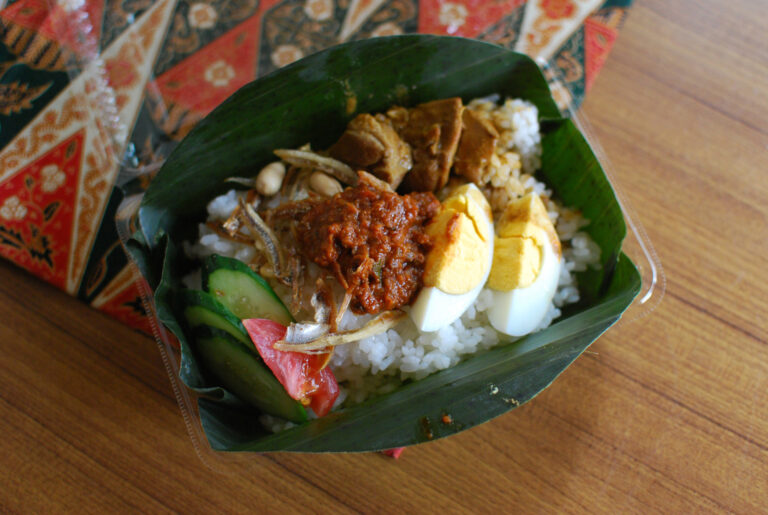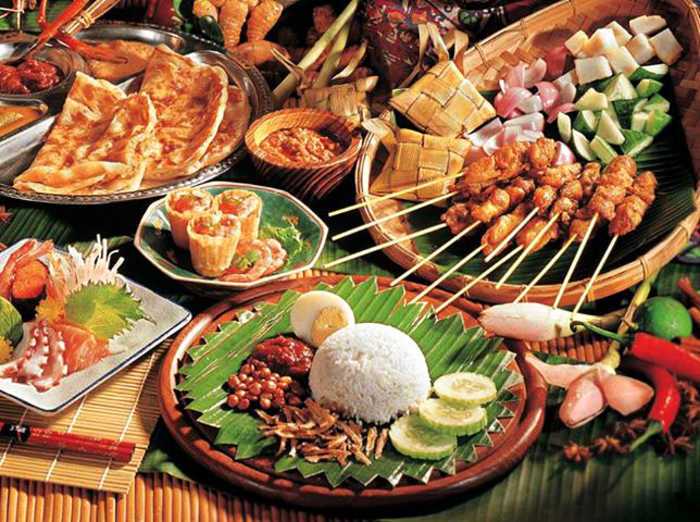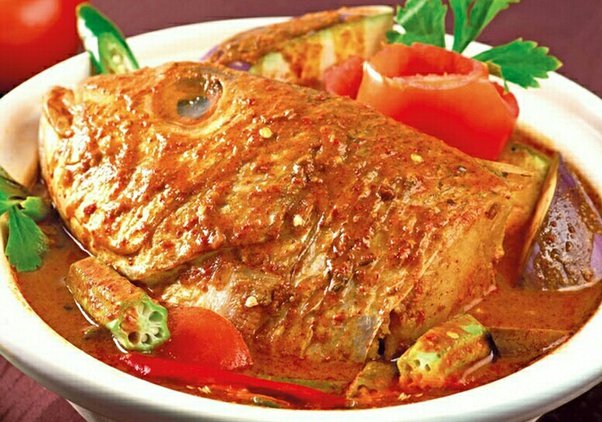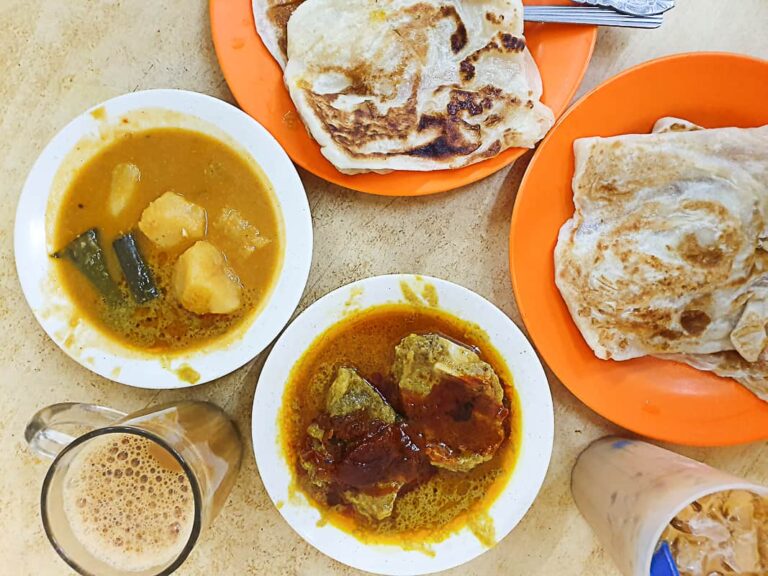Introduction: Malaysian Cuisine Overview
Malaysia is a multicultural country that boasts a rich and diverse food culture. The cuisine of Malaysia is a blend of Malay, Chinese, Indian, and other indigenous flavors that have evolved over the centuries. Malaysian cuisine encompasses a wide range of dishes, from spicy curries and rice-based dishes to sweet desserts and refreshing beverages. With an abundance of ingredients and flavors, Malaysian cuisine is known for its unique and exciting taste that brings joy to the palate.
Flavorful and Diverse: The Essence of Malaysian Cuisine
Malaysian cuisine is characterized by its bold and complex flavors that are achieved by blending various spices, herbs, and ingredients. The cuisine is known for its use of ingredients such as lemongrass, coconut milk, turmeric, ginger, and chili, which give it a distinct aroma and flavor. Malaysian dishes vary from one region to another, with each region having its unique take on traditional recipes. Some of the popular dishes from Malaysia include Nasi Lemak, Satay, Laksa, and Roti Canai.
Spices and Herbs: The Secret to Malaysian Cuisine
Spices and herbs are a crucial part of Malaysian cuisine, and they are used extensively in cooking. The use of spices and herbs is what gives Malaysian dishes their unique and complex flavor profiles. Some of the essential spices and herbs used in Malaysian cuisine include cinnamon, star anise, cardamom, cumin, coriander, and fennel. These spices and herbs are often used in combination with each other to create a harmonious balance of flavors.
Nasi Lemak: The Iconic Dish of Malaysian Cuisine
Nasi Lemak is the signature dish of Malaysian cuisine, and it is a popular breakfast item in Malaysia. The dish is made up of fragrant coconut rice that is cooked with pandan leaves, which gives it a distinct aroma. The rice is then served with a variety of side dishes, including fried chicken, sambal, cucumber, and peanuts. Nasi Lemak is often referred to as the national dish of Malaysia, and it is loved by locals and tourists alike.
Satay: The Delicious Malaysian Street Food
Satay is a popular street food in Malaysia that is loved by many. It consists of marinated meat (usually chicken, beef, or lamb) that is skewered and grilled over a charcoal fire. The meat is then served with a peanut sauce that is sweet, savory, and slightly spicy. Satay is often served with rice cakes, sliced onions, and cucumbers. Satay is a delicious and affordable snack that is perfect for those who are on the go.
Conclusion: Malaysian Cuisine Goes Beyond Borders
Malaysian cuisine is a delightful blend of flavors and ingredients that has captured the hearts of many. The cuisine has gained popularity worldwide, and it is now available in many parts of the world. Malaysian food is known for being spicy, aromatic, and flavorful, and it is loved by people from all walks of life. Whether you are a fan of street food or traditional dishes, Malaysian cuisine has something for everyone. So, if you get a chance to try Malaysian food, don’t hesitate to give it a try!

